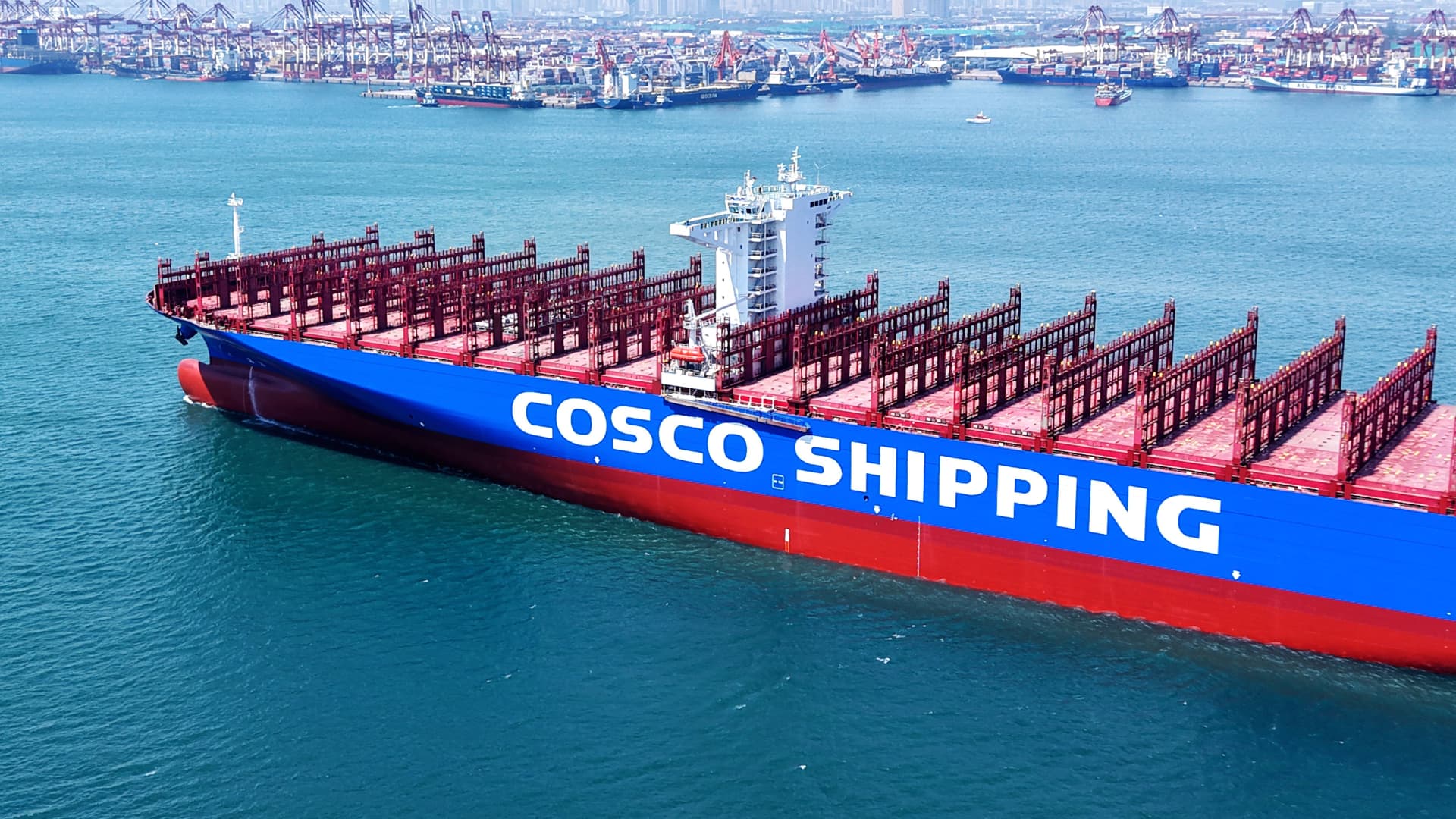The Economic Impact of Trump’s Tariffs
In the realm of international trade, few policies have stirred as much controversy and economic upheaval as President Donald Trump’s tariffs. Implemented during his second administration, these tariffs have left an indelible mark on the global economic landscape, affecting both domestic and international markets in profound ways.
The Scope and Scale of Trump’s Tariffs
Trump’s tariff policies are sweeping in their reach, encompassing nearly all imports into the United States, with a few notable exceptions. The United States-Mexico-Canada Agreement (USMCA) and certain energy-related and other imports under the April 2 tariffs are excluded from these measures. The sheer scale of the affected imports is staggering, with $405 billion of imports in 2024 falling outside the USMCA and $644 billion of imports under Annex II of the April 2 tariffs. This represents a significant portion of the U.S. economy, with the average tariff rate on U.S. imports soaring to around 25%, a level not witnessed since the 1930s.
Direct Economic Impact on Imports and Exports
The tariffs act as a direct tax on imported goods, a burden that can fall on either domestic consumers or businesses. The extent of this impact varies based on factors such as the elasticity of supply and demand for each product and the ability of businesses to pass on costs to consumers. The economic fallout is evident in the decline of U.S. exports, which has spread across nearly all ports in the country. The agriculture sector has been particularly hard hit, with a noticeable drop in exports beginning in early 2025.
The tariffs have also led to a significant reduction in imports, as importers rush to bring goods into the country before deadlines to avoid empty store shelves. This dual impact of reduced exports and imports has created an economic environment reminiscent of the disruptions seen during the COVID-19 pandemic, leaving the U.S. economy in a state of flux.
Market Reactions and Economic Uncertainty
The implementation of these tariffs has sent ripples through global markets, causing significant volatility. The Dow Jones Industrial Average plummeted by more than 1,300 points, marking the biggest market sell-off since 2020. The S&P 500 saw a substantial rise of 9.5% after Trump announced a 90-day pause in his “reciprocal” tariffs, but economists cautioned that the economic storm was far from over. The weakening dollar and increased yields on U.S. government bonds signaled a waning global confidence in the U.S. economy, adding to the sense of uncertainty.
Global Trade War and Retaliatory Measures
Trump’s tariffs have ignited a global trade war, with major economies like China and the European Union retaliating with their own measures. China, for example, raised its duties on U.S. goods to 125% from 84% in response to Trump’s tariffs. This back-and-forth escalation has further complicated the economic landscape, with both sides trading tariff hikes in rapid succession, creating a volatile and unpredictable environment.
Impact on Specific Sectors and Industries
The tariffs have had varied impacts across different sectors. The agriculture sector has been particularly affected, with a significant drop in exports. The automotive industry has also faced challenges, with a 25% tariff on car and truck imports and a threatened 24% tariff on all Japanese goods. These measures have led to increased costs for consumers and businesses, affecting everything from consumer goods to industrial supplies. The ripple effects are felt across the supply chain, from manufacturers to retailers, creating a domino effect of economic strain.
Economic Confidence and Public Perception
Trump’s perceived economic strength, a key selling point for U.S. voters in 2024, has taken a hit in recent weeks. Pollsters for Pew found a 45% decline in economic confidence, reflecting the public’s growing concerns about the economic fallout from the tariffs. The tariffs have also fostered a sense of economic uncertainty, with businesses and consumers alike grappling with the potential long-term effects. This uncertainty has led to cautious spending and investment, further dampening economic growth.
The Role of International Relations
The tariffs have not only affected economic indicators but have also strained international relations. The U.S.’s unilateral approach to trade has been met with resistance and countermeasures from other countries, leading to a deterioration in diplomatic ties. This has broader implications for global cooperation on economic and political fronts, making it harder to address shared challenges such as climate change and global health crises.
Long-Term Implications and Policy Considerations
The long-term implications of Trump’s tariffs are vast and complex. While the tariffs aim to address perceived trade imbalances and protect domestic industries, they have also led to significant economic disruptions, market volatility, and global trade tensions. As the U.S. and the world navigate these challenges, it is crucial to consider the trade-offs between short-term gains and long-term economic health. Policymakers must strive for a balanced approach that fosters economic growth and stability, ensuring that the U.S. economy remains resilient and competitive in a rapidly changing global landscape.
Conclusion: A Path Forward
The economic impact of Trump’s tariffs is profound and multifaceted. The path forward will require a nuanced understanding of the trade-offs involved and a commitment to policies that promote sustainable economic growth. It is essential to foster a climate of cooperation and mutual benefit, both domestically and internationally, to mitigate the adverse effects of protectionist measures. By doing so, the U.S. can navigate the challenges posed by the tariffs and build a more robust and resilient economic future. The journey ahead is fraught with uncertainties, but with careful consideration and strategic planning, a balanced and prosperous economic landscape is within reach.

